Trust in the media is down. Again, still, more. Gallup is out with a new poll, showing that 60 percent of the U.S. population "have little or no trust in the mass media to report the news fully, accurately, and fairly."
Strikingly, 58 percent of Democrats indicate a "great deal or fair amount of trust" in mass media -- the comparable number for Republicans is only 26 percent.
The party line is that the fault lies with the media, that media needs to be and be seen as more trustworthy. Here is Gallup's own version of that line:
Media sources must clearly do more to earn the trust of Americans, the majority of whom see the media as biased one way or the other.
No, Gallup, not clear at all. In fact, far from it.
Trust, Trusting, and Being Trusted
Gallup's right about one thing: the media continue to miss a simple distinction: that between trust, trusting, and being trusted. Simply put:
- To trust, a verb, is to willingly put oneself in harm's way of another
- Being trusted, or trustworthiness, is a noun -- a characteristic of the one being trusted
- Trust, also a noun, is the result of one party trusting, and the other party being trusted.
Every time you see a headline like this one -- "U.S. Distrust in Media Hits New High" -- you can bet you're seeing data about #3. But the commentary frequently assumes the data means #2. In other words, this article and many others confuses "trust" with "trustworthiness."
Suppose you have 10 customers who trust you. You could say the level of trust between you and your customers is high.
Now suppose you get five new customers, all of whom are highly suspicious people, hence are suspicious of you - even if you've done nothing different. You could say the level of trust has declined. But not because of any change in your trustworthiness.
The question is: If trust is down, is that because the trustee is less trustworthy? Or because the truster is less inclined to trust?
The Tyranny of Metrics
Like the drunk who looks for his keys under the streetlamps not because he lost it there, but because there's more light, it's tempting to measure trust, because that's easier than measuring trustworthiness or the propensity to trust. But that's unfortunate -- because if all you can say about trust is that it's up or down, you can't say why that's so. And if you can't say why that's so, you can't develop sensible policies to affect it.
Metrics do exist, by the way, for both trustworthiness and for the propensity to trust. At a corporate level, Trust Across America provides a sound definition of trustworthiness, and data for all publicly traded U.S. companies. At a personal level, the Trust Quotient from Trusted Advisor Associates does the same.
One of the oldest and most established trust metrics comes from the General Social Survey, which has tracked for 40 years the answers to a few questions about the propensity to trust strangers. One of academia's most respected trust scholars, Dr. Eric Uslaner, writes mainly about the propensity to trust and the increase in distrust.
Next time you read an article asserting that "trust is down," ask yourself -- which side moved?
Trust in Media
The Gallup data show that Democrats with high trust in media went from 65 percent to 58 percent -- a 10.8 percent decline. By contrast, Republicans went from 39 percent to 26 percent -- a 33 percent decline. Whether you believe the trustworthiness of the media went up, down or sideways, it seems clear that the propensity to trust of one group went down more than another.
What does low propensity to trust mean? Eric Uslaner sums it up: people who trust others tend to be optimistic about the world, and to believe they have some control over their destinies. People who distrust, by contrast, tend to believe the world is going to hell in a handbasket, and that others ("those people") are responsible. If you see a parallel between the two major parties, may I suggest it's no accident.
So when Gallup concludes, "Media sources must clearly do more to earn the trust of Americans," I respectfully disagree. The drivers of distrust have a lot more responsibility to bear for fomenting cynicism, distrust, and negativity.
When trust is down, who moved? Sometimes it's the truster, not the trustee.
